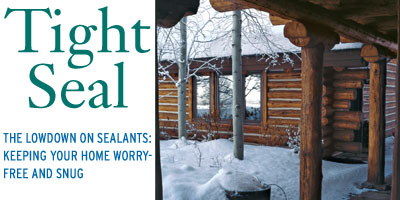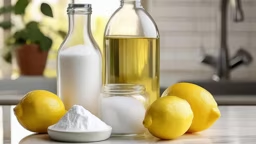
Spend a night in a log home and you know: It’s one snug piece of architecture. Indeed, sealants—applied between log courses and around openings such as windows and doors—are your protection against four seasons of weather. Sealants vary in their ease of application, cost, durability and aesthetic appeal. Log home producers typically recommend one or more sealant product lines to match their log profile or building system.
Caulk.
Fills joints and spaces between logs. Caulk comes in tubes or pails and is applied with a caulk gun in a narrow strip or “bead” that dries to a tough elastic coating.
Chinking.
Material used between rows of logs. Most often used in log systems where logs don’t directly contact the course below, but are separated by a space of about 1 inch or more.
Splines.
A rigid wood, plastic or metal piece used to seal joints. On log homes, splines are sometimes used in the joint where adjacent logs butt together. They’re also used in some milled and handcrafted systems to align, hold and seal window and door bucks to logs.
Foam Gaskets.
Compressible foam material, usually water-resistant, used between logs and other building components to prevent air and water infiltration. Many tongue-and-groove log systems use foam gaskets to seal the joints between adjacent rows of logs.











